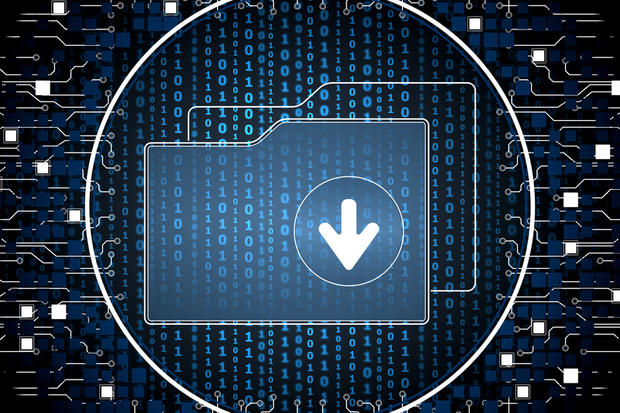It happens with a clicking sound, or maybe a grinding from deep within a computer case. The screen may freeze or files stop loading, or the machine may simply refuse to start. For a lot of people, it is quickly followed by a sinking feeling in the pit of the stomach.
It’s not a question of if, but when the drive on your laptop or desktop computer will fail. The risk of data loss due to hardware failure is even greater with mobile devices like tablets and smartphones. They are easily dropped, left behind, or doused with water, adding to the risk that your device will die and take your valuable data with it. The risk of data loss for mobile devices, in particular, is expanding people depend on them in place of laptops and desktop machines. The chances of losing important work through accidental deletion also rises as we increasingly access and edit documents with mobile devices.
Most of us know of the risks to our personal data, yet all too often we rely on ad hoc solutions to try to keep it safe, if we do anything at all. When we do think about backup, many of us assume that simply means copying important files from one computer or disk to another. Or we may use simple online storage services to sync files and folders between devices.
Such solutions may help preserve a photo or document that is accidentally deleted, if we can remember to keep up with them. But what happens when you lose an entire computer to hard drive failure? Can you quickly and easily restore all of your software and the operating system it runs on in addition to all of your files? Unfortunately, after a disaster strikes is the wrong time to discover that files need software to work, that destination disks may not have the right operating system for every file type, and that recovering files may take too long to do any good.
That’s why a reliable backup solution involves far more than simply copying files from one device to another. To be truly effective in today’s connected, multiple-device-per-person world, backup must provide several important functions in addition to simply file copy and restore. It must also offer:
- Set-it-and forget it simplicity. Because let’s face it, if you have to remember to do it, chances are it won’t get done.
- Wireless backup of multiple devices and device types, no matter where they are in the world.
- Access to all devices from a single interface, either on a local computer or in the cloud.
- The flexibility to easily and quickly recover anything from a single photo to an entire device without any special computer skills or knowledge.
Acronis True Image 2017 provides all of that and more, including backup of Facebook accounts.With such a solution in place, the next time your computer fails or you drop your phone in the lake on a fishing trip, you will have no reason to fear losing your data. And that grinding sound, while still unsettling, won’t be a disaster.






Social Media